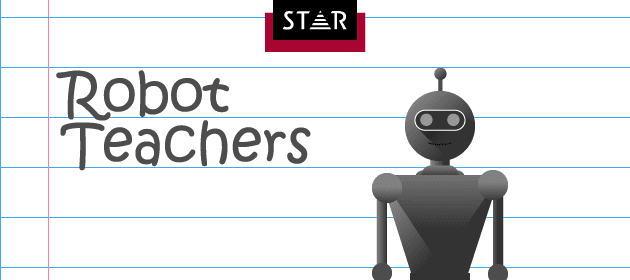
Children Learn Languages with Robot Teachers
Across Europe, robots are helping young immigrant children learn new language skills necessary for social integration and education. It is tough for anyone to cope with moving to a new country and different culture, which is one of the reasons a team of robotics engineers decided to test out their robot teachers.
The youngsters are learning new language skills to help them enter the school system. Only four cities are taking part in the trial phase: Tilburg and Utrecht in the Netherlands; Bielefeld in Germany; Istanbul in Turkey. Lead by a consortium of roboticists and linguists from universities across Europe, the project is called L2TOR while a French company called Aldebaran Robotics build the new teachers.
A robot called NAO watches over the children and aids them in the lessons while the work on a tablet. Before each lesson begins, NAO explains to the kids what they will learn and then assists each child if they become struck by observing their body language.
“We want to help these children improve their language skills through one-to-one interaction with a robot, to help them catch up,” — Paul Vogt (L2TOR), Tilburg University, The Netherlands.
Other studies have shown that children learn best in a one-on-one environment rather than a classroom setting. But doing this with human teachers is highly prohibitive due to costs. The L2TOR project will not replace teachers rather, they will give each child a tangible three-dimensional presence to learn more effectively along a human teacher.
Infinite Patience
The NAO robots can repeat lessons over and over and take their time with each child; human teachers can become impatient and get bored. These psychological factors that affect humans cannot affect the robots.
“Sometimes the human teacher can get bored or angry by repeating things again and again,” — Amit Kumar Pandey, head of research and development at Aldebaran Robotics
But it’s not just the children that learn. On the tablets is a software system, CoWriter which helps children practice their writing skills. The robot can write on the tablet too, but if the robot makes a mistake the child can step in and teach the robot where it went wrong.
Is this the future of learning at school?


